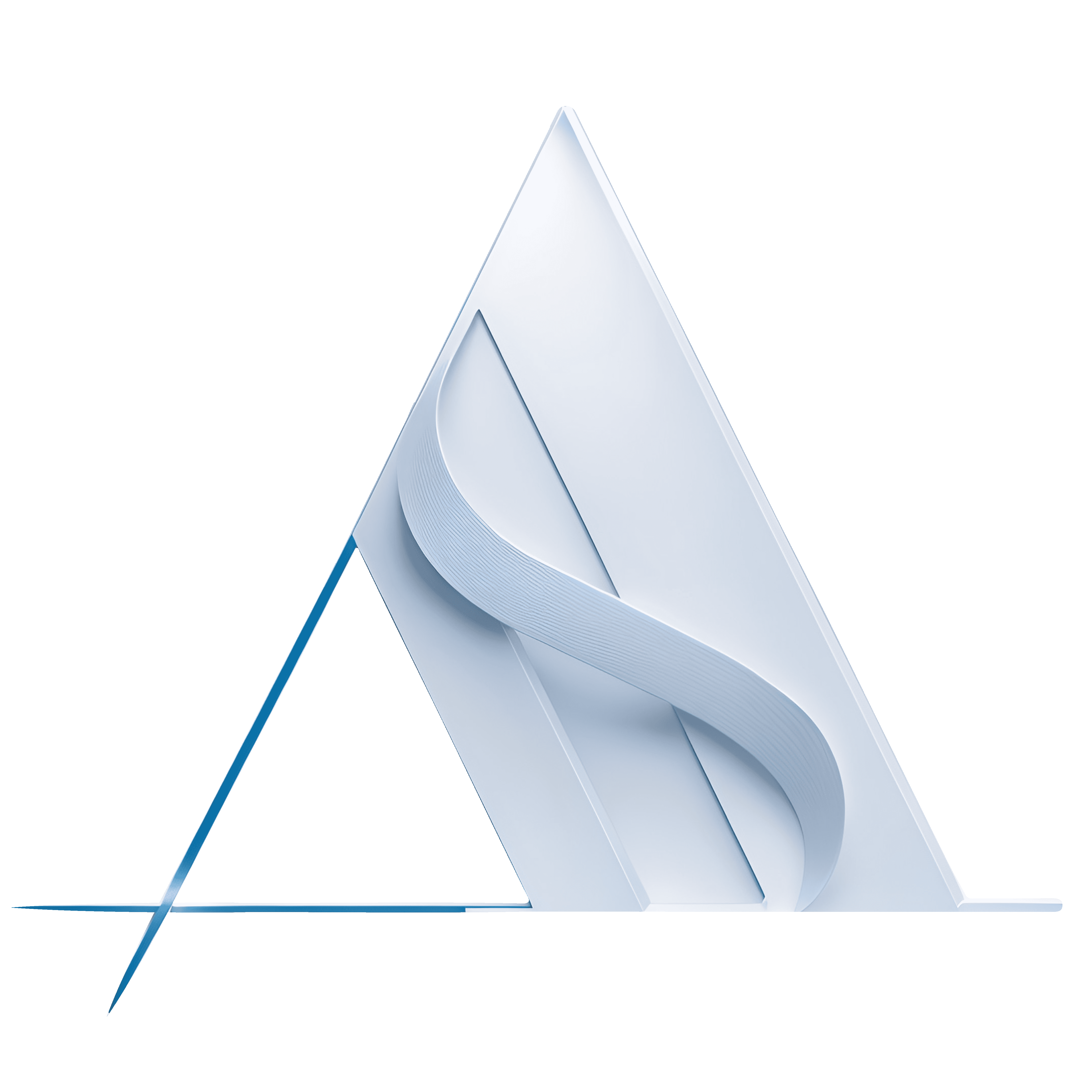This prioritizes the coordination and inspection of the primary architectural documents. The architecture, structural and MEP engineers must work in tandem from the start to make sure the structure’s elements align with the project’s vision.
This involves cross-checking design plans, blueprints, and proposals against client requirements and complex regulatory statutes. Architects should verify that all design elements are in compliance with local building codes and laws.
Combining and aligning different design documents, plans, and drawings come under this phase. It’s important to ensure that all information from various stakeholders, consultants like structural or MEP engineers, fits together seamlessly.
All coordinated documents should be thoroughly reviewed to identify possible oversights, errors, or inconsistencies. Feedback should be taken from team members and necessary revisions should be actioned, which helps to minimize waste and delays later on in the construction process.
Apart from internal coordination, architects often need to be in touch with external agencies such as contractors, vendors, public health and safety regulators, environmental assessors, etc. to make sure the final project will be executable with the least possible obstruction.
Post-review, changes must be integrated into the documents and redistributed to all parties involved. By utilizing digital tools like BIM (Building Information Modeling), teams can collaboratively make adjustments and immediately see the effects of those changes.
This involves a final review and sign-off process by authorities and key stakeholders. The documents are approved, sealed, and become official for materialization.
As the project progresses, the coordinated documents should be regularly reviewed and updated to reflect changes and advances in the construction work. By ensuring thorough monitoring and control, any gaps between theory (design) and practice (construction) can be identified early and mitigated.
After the construction, changes or issues raised during the process should be documented to create a final as-built plan. This helps everybody to have a comprehensive record of the project’s journey and serves as an important resource for future maintenance or renovation work.
Achieving effective document checking and coordination requires strong collaboration among project team members, using efficient project management processes and robust technologies.
